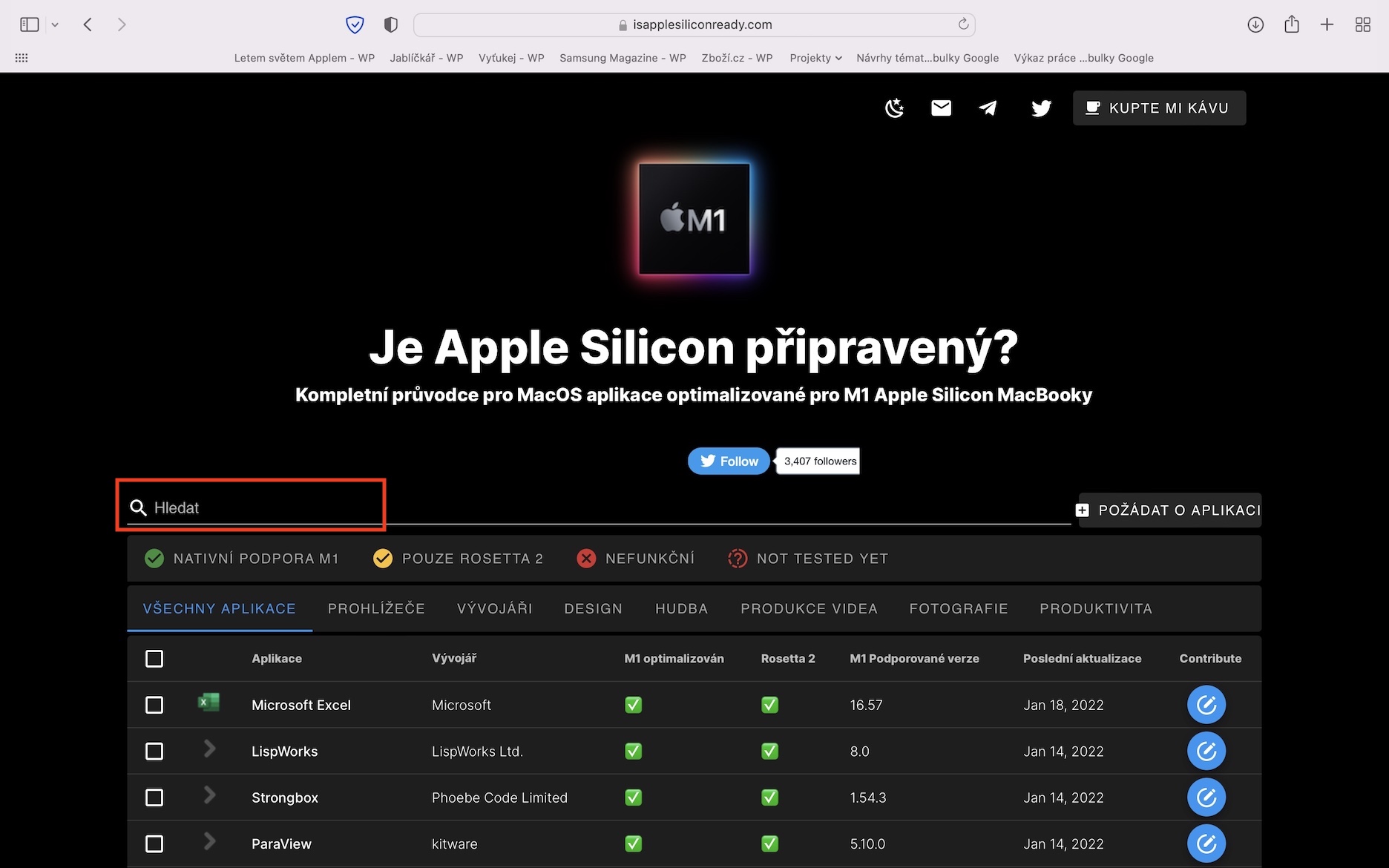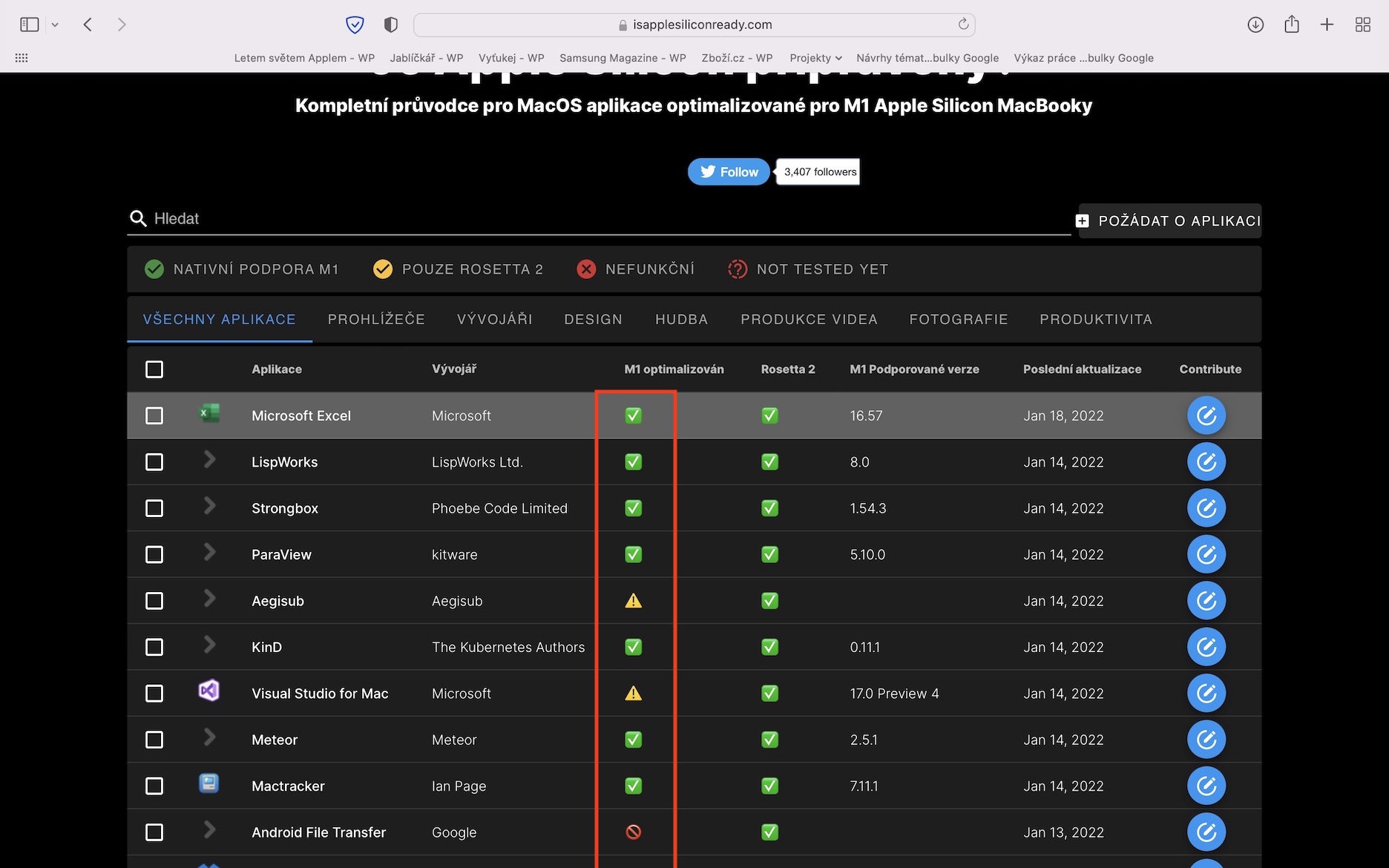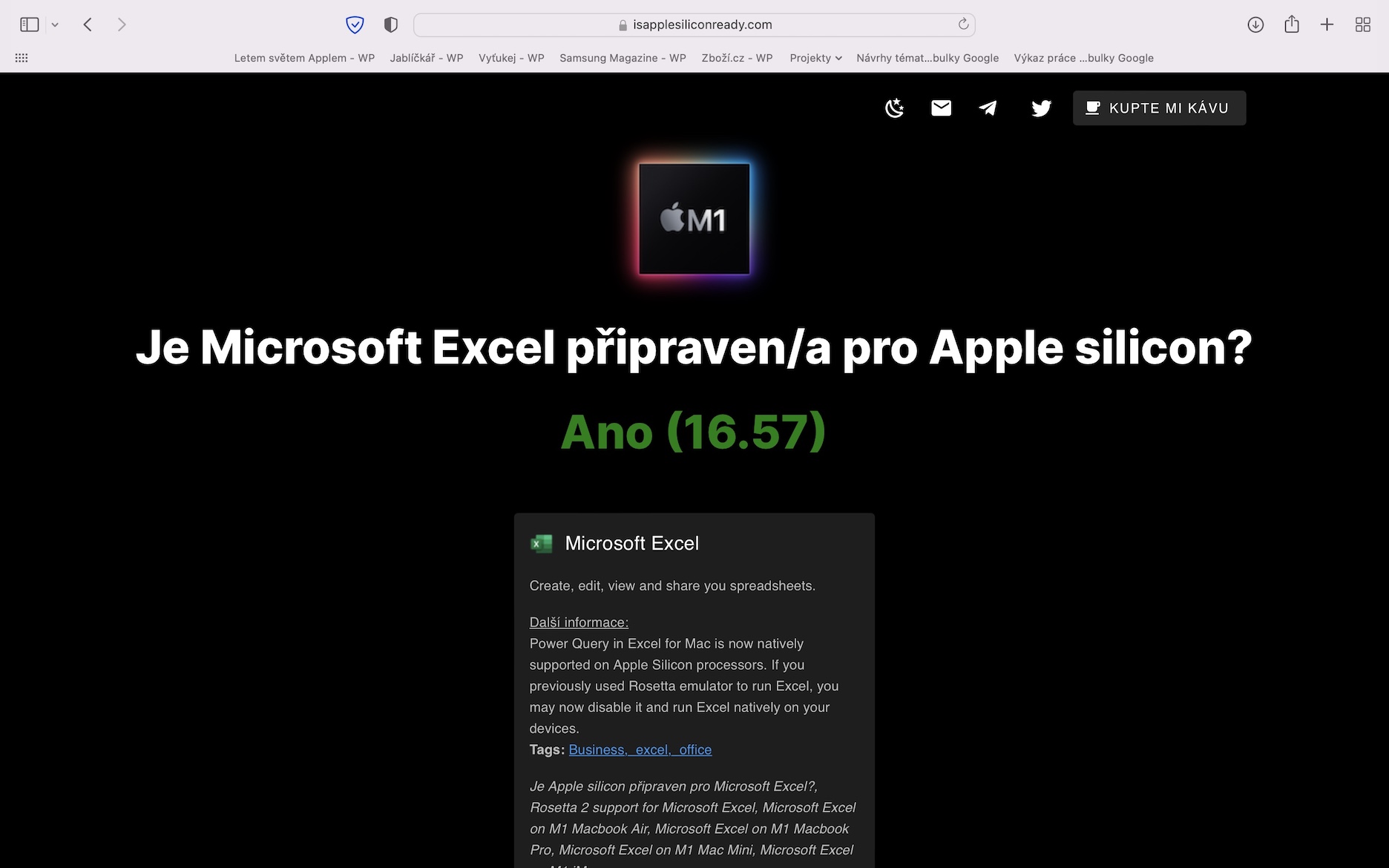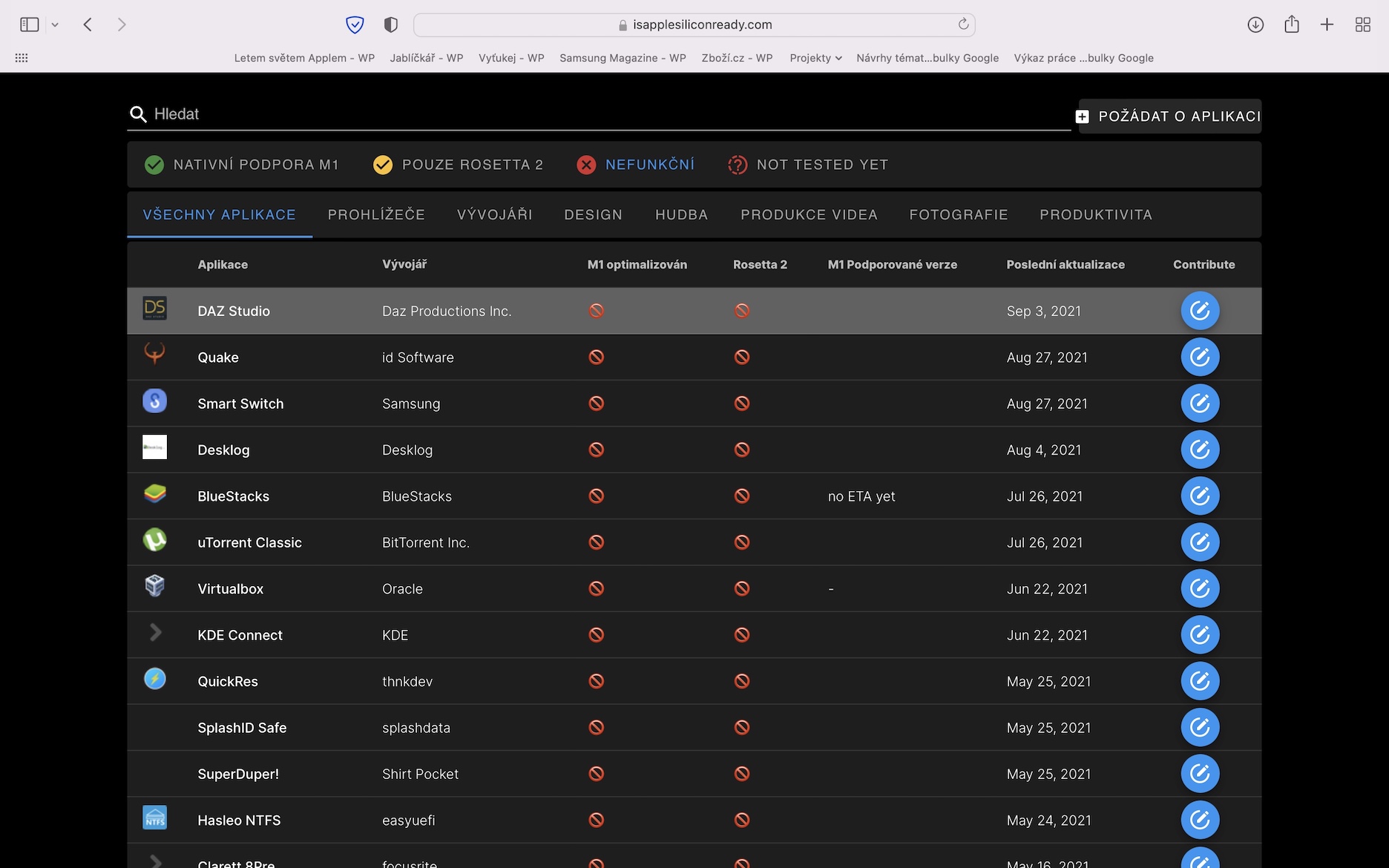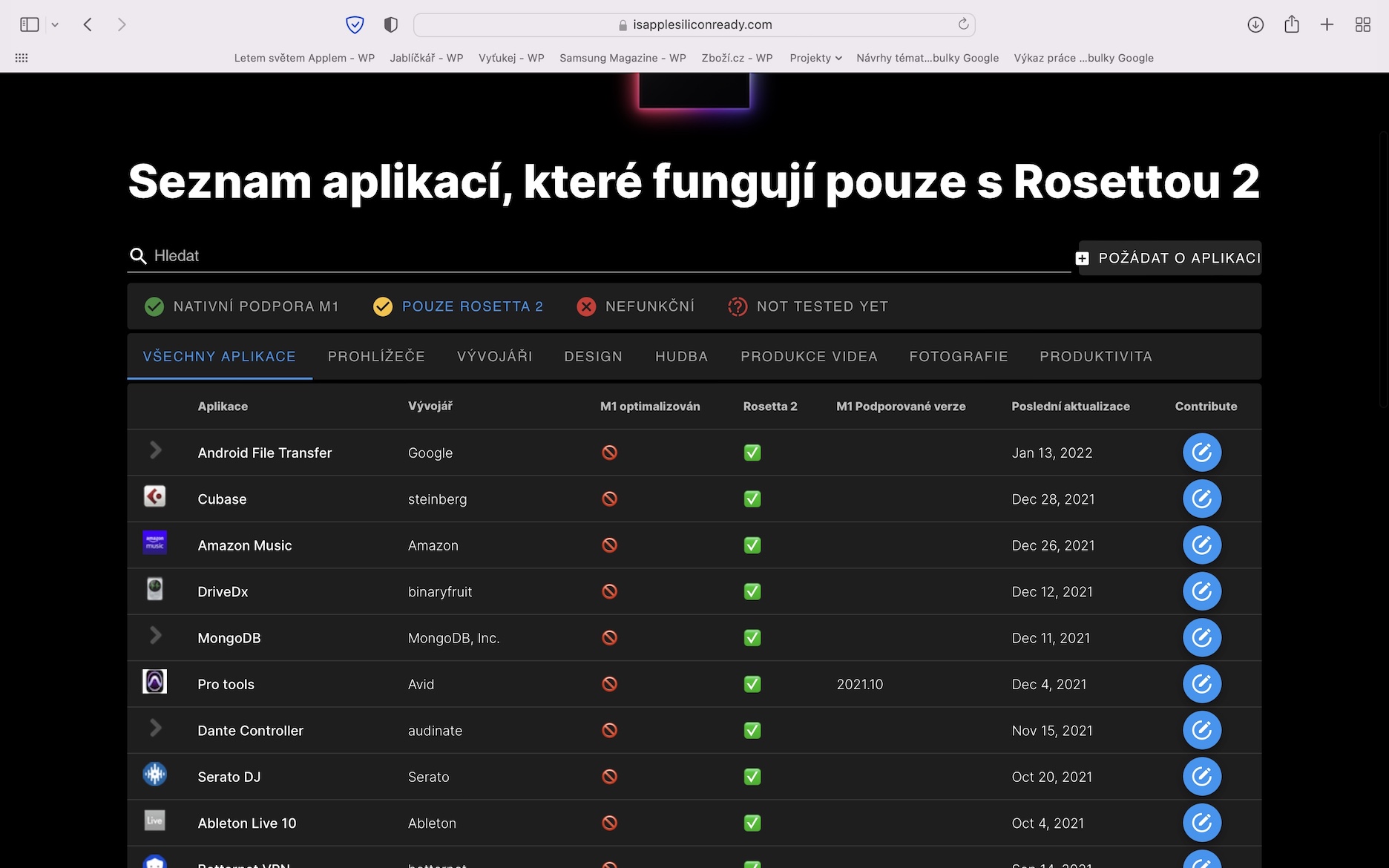The fact that Apple is preparing computers with its own processors has been known for several years in advance. However, for the very first time, Apple informed us about this fact in June 2020, when the WWDC20 developer conference was held. We saw the first devices with Apple Silicon, as the Californian giant called its chips, roughly half a year later, specifically in November 2020, when the MacBook Air M1, 13″ MacBook Pro M1 and Mac mini M1 were introduced. Currently, the portfolio of Apple computers with their own chips is considerably expanded - and even more so when these chips have been in the world for a year and a half.
It could be interest you
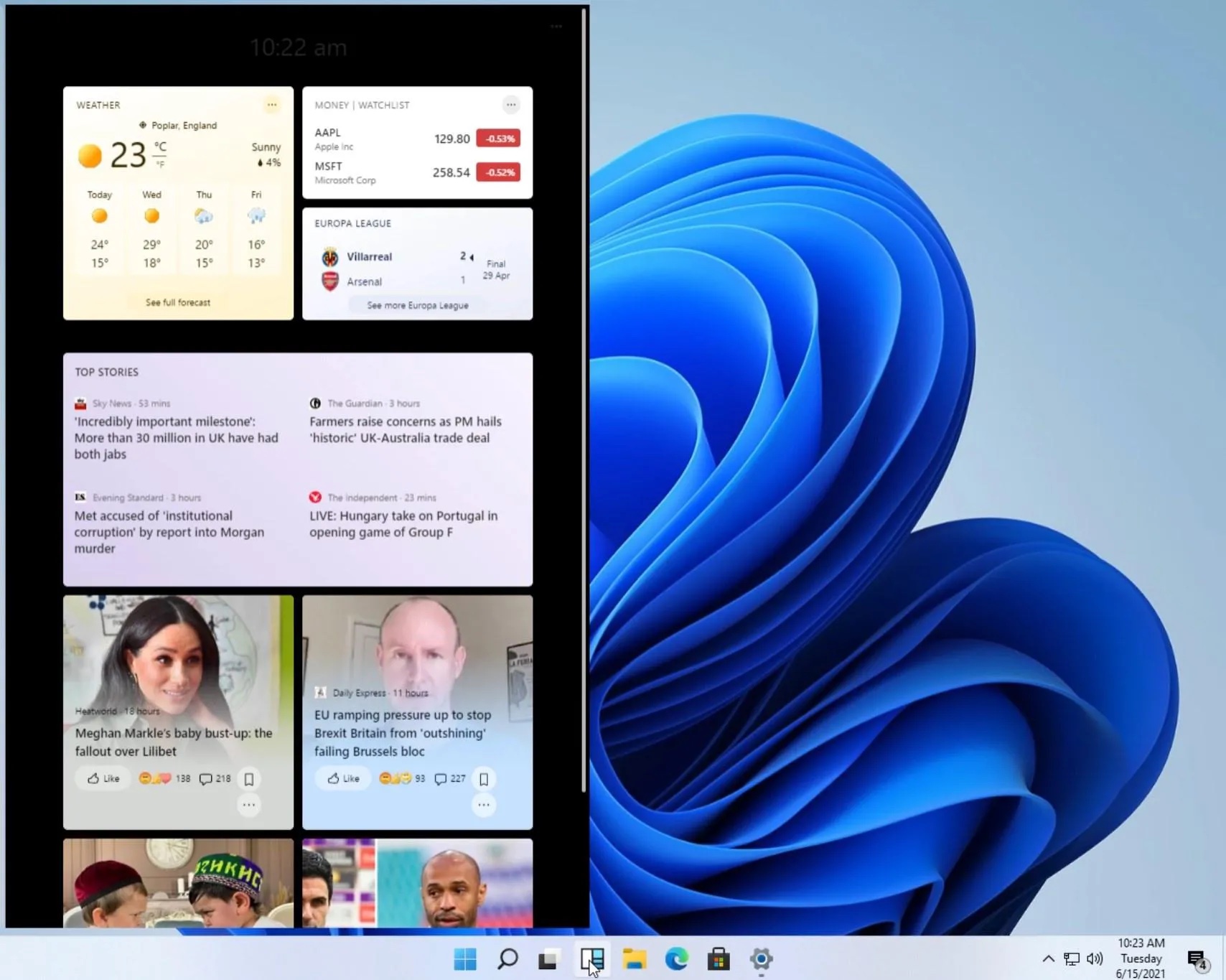
How to find out if apps are optimized for Apple Silicon on Mac
Of course, there were (and still are) some problems associated with the transition from Intel processors to Apple Silicon chips. The primary problem is that apps for Intel devices are not compatible with apps for Apple Silicon. This means that developers must gradually optimize their applications for Apple Silicon chips. For now, there is a Rosetta 2 code translator that can convert an app from Intel to Apple Silicon, but it's not an ideal solution, and it won't be available forever. Some developers jumped on the bandwagon and released Apple Silicon-optimized apps shortly after the show. Then there is the second group of developers who hang around and rely on Rosetta 2. Of course, those applications that are optimized for it run best on Apple Silicon - if you would like to find out which applications are already optimized and which are not, you can. Just follow these steps:
- First, you need to go to the site in your web browser IsAppleSiliconReady.com.
- As soon as you do so, you will see a page that informs you about the optimization on Apple Silicon.
- Here you can use search engine in order for you to verify the optimization searched for a specific application.
- After the search, it is necessary to find ✅ in the M1 optimized column, which confirms the optimization.
- If you find the opposite 🚫 in this column, it means that application not optimized for Apple Silicon.
But the IsAppleSiliconReady tool can do much more than that, so it can provide you with more information. In addition to being able to inform you about the optimization on Apple Silicon, you can also check the functionality of the application through the Rosetta 2 translator. Some applications are currently only available through Rosetta 2, while others offer both versions. For most applications, you can then view the version from which Apple Silicon is possibly supported. In any case, you can also easily filter all records, or you can click on them for more information.
